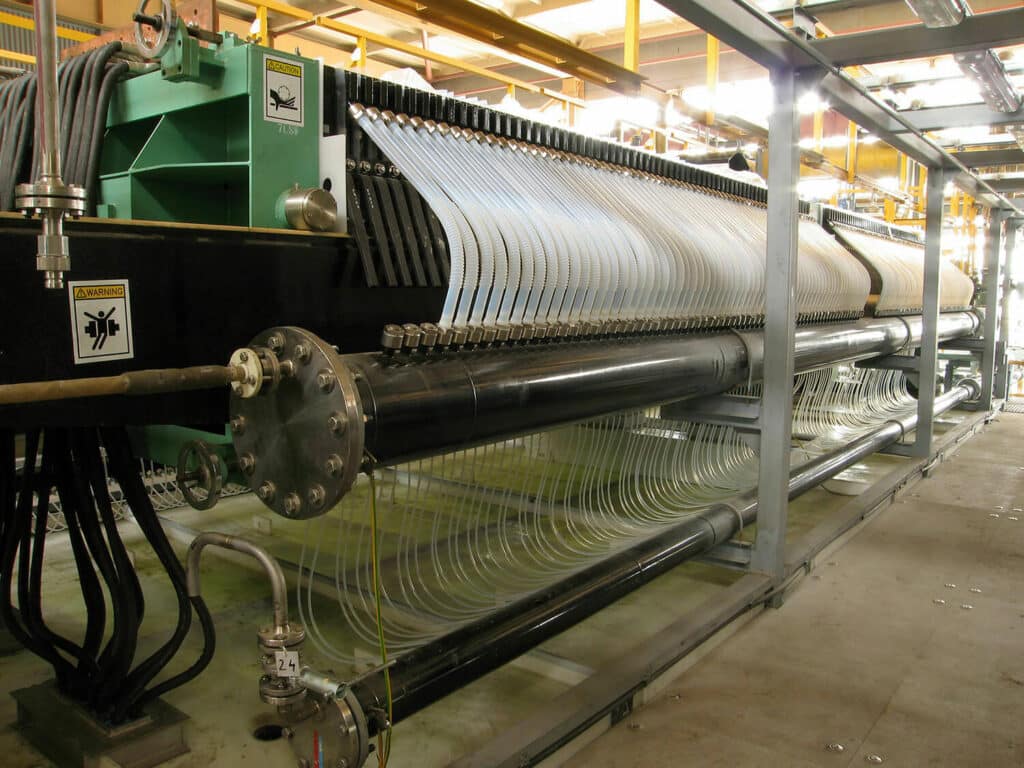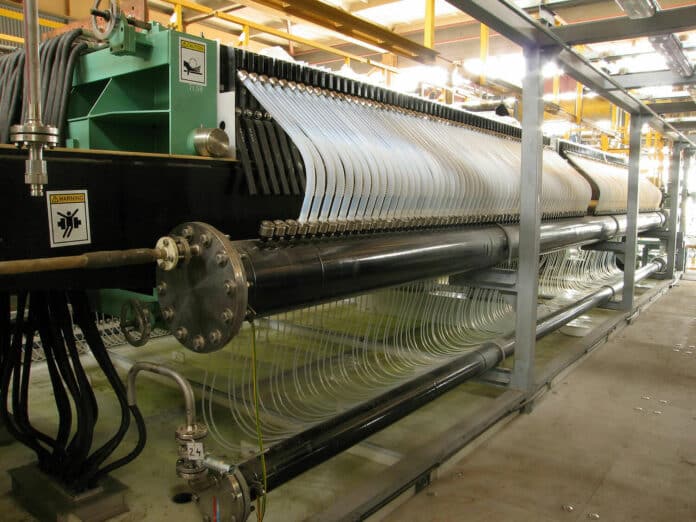The prices of precious metals used in electrolysis cells have been increasing due to the growing demand for battery and electronic component applications. Experts predict that this trend will continue and even accelerate as water electrolysis for hydrogen production becomes more widespread. This poses a challenge for the chlor-alkali industry to effectively utilize limited precious metal resources.
As a solution, Japanese technology company Asahi Kasei has announced the launch of a rental service for chlor-alkali electrolysis cells in Europe, in collaboration with Nobian GmbH and LOGISTEED Europe B.V. This is a significant step towards realizing a circular economy of precious metals and other metals.
According to Asahi Kasei, global demand for chlor-alkali in 2022 was approximately 100 million tons. In 1975, Asahi Kasei began the first commercial chlor-alkali production using the membrane electrolysis process. Since then, their chlor-alkali process has been adopted at over 150 plants in 30 countries as of November 2023, with a total capacity of more than 30 million tons per year converted to 100% caustic soda.
The membrane process for chlor-alkali electrolysis is a highly efficient method of producing chlorine, hydrogen, and sodium hydroxide (caustic) solution. This process involves the electrolysis of brine using ion-exchange membranes, which eliminates the need to use environmentally hazardous process materials like mercury or asbestos.
Additionally, this process is more energy-efficient, thanks to the use of low-voltage membranes and advanced electrolyzers developed by Asahi Kasei. As a result, this process helps to reduce CO2 emissions by lowering power consumption during the electrolysis process.
When performing maintenance on electrolysis cells, it’s necessary for Asahi Kasei’s customers to remove the cells to a maintenance site for a certain period of time, which results in production suspension. To make up for the lost production, high-load operation is often required, leading to higher electricity costs.

However, Asahi Kasei offers a solution by renting replacement electrolysis cells to customers during equipment repairs. This allows for maintained production capacity and maximal flexibility while also enabling lower electricity costs through the use of state-of-the-art high-performing electrodes.
The replacement cells are maintained at Asahi Kasei’s certified repair sites after each use and are reused among multiple customers in Europe. Additionally, customers would not need to own and maintain spare cells that are effectively idle assets at most times, which can reduce the total amount of precious metals used in Europe.
In the rental service demonstration trial, Asahi Kasei and Nobian will identify operational issues and improve the service accordingly. LOGISTEED Europe will provide storage sites for the electrolysis cells and establish reverse logistics between customers and the storage sites.
The partners aim to launch the service commercially in 2025 and extend it to Asia and North America in the future. The service will reduce the environmental impact of the cells and promote the circular economy of precious metals and other metals by recycling electrolysis cells and electrodes.
In addition to this initiative, Asahi Kasei, in collaboration with Gentari Hydrogen Sdn Bhd, a wholly-owned subsidiary of PETRONAS clean energy arm Gentari Sdn Bhd (Gentari), and Japan-headed engineering and construction major JGC Holdings Corporation (JGC), recently announced the completion of a detailed feasibility study for production of up to 8,000 tonnes per year of green hydrogen using a 60 megawatt (MW) class alkaline water electrolyzer system.
The three companies have signed a Memorandum of Understanding (MoU) for a front-end engineering design (FEED) study for the green hydrogen project in Malaysia. The FEED study is expected to start in January 2024, and the operation is scheduled to begin in 2027.
